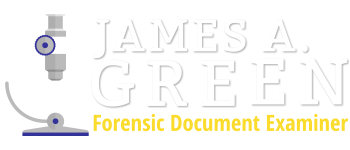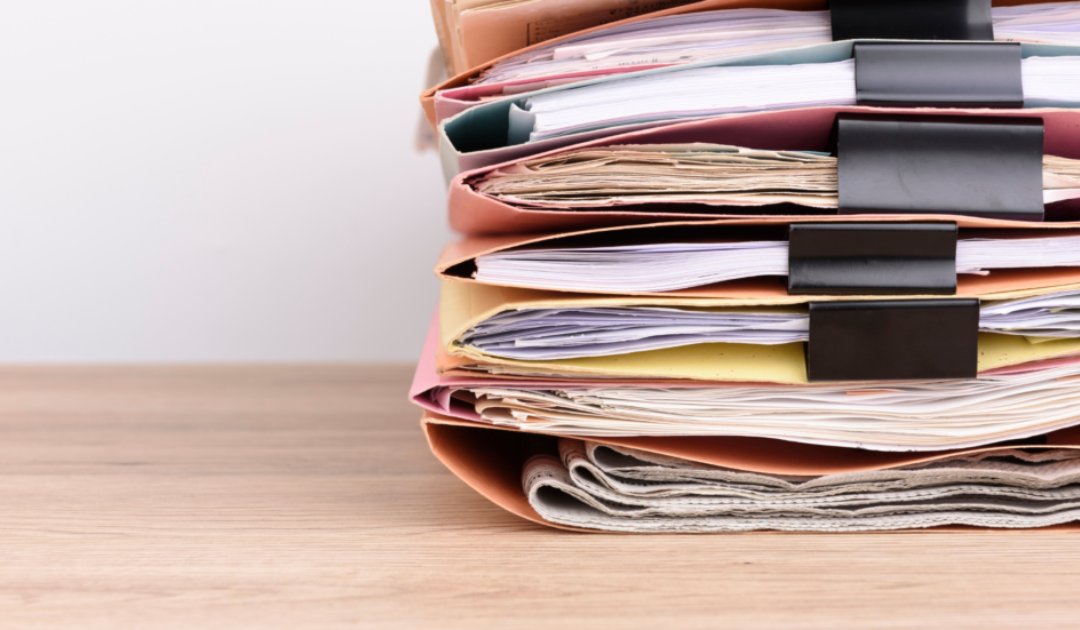For over 32 years, this document examiner has received a wide variety of cases. The diversity of document issues keeps the work quite interesting for myself and my colleagues. The passing of time has influenced the case types. Initially, I received examinations including typewritten and faxed documents. Both devices are now a mystery to the younger generations. A case or two involved recovering text from charred documents. Some cases, past and present, involved a comparison of inks on medical records, accounting ledgers, contracts, and so forth. The recovery of indented writing continues to be a common procedure and is performed by the majority of document examiners.
Another time-warp change noted, is the significant increase in our use of electronic devices resulting in a significant decline in handwritten communications. The unfortunate loss of the emphasis on students to develop their handwriting skills is, in my opinion, tragic. Nonetheless, we still opt for pen and paper to prepare a shopping list or to sign common business documents. It is the business documents that keep document examiners busy.
The sad aspect of most document disputes involves a breakdown in the trust between parties. A person places their trust in family members to follow directions stated in the person’s will. Trust is given to another party when signing a contract, to follow the terms to lease office space, purchase a car, or build a home. Although the vast majority of such transactions are conducted without major disagreements, we all know there are many people in society that intentionally take financial advantage of others. Is it possible to read a daily paper that lacks such a story?
Questioned Documents
Wills, contracts, receipts, financial and medical documents are fabricated or altered to support the contentions of the guilty party. The questioned documents may have altered dollar amounts, dates, additions, deletions, obliterations, “forged” signatures, etc. Without question, the most common examination request received is for signature comparison. Second to signature examinations are comparisons related to the printed or cursive text. Examples include anonymous threatening or sexually harassing notes, letters, bank robber demand notes, holographic wills, diaries, and so forth.
Testimony
Testimony given by Forensic Document Examiners, in addition to the testimony of other witnesses, is weighed by the judge or jury. The integrity of each lay witness and expert witness will be evaluated. Having testified over 140 times, in various State and Federal Courts, I respect the savvy awareness of the judge and members of the jury. Witness testimony is not well received when given in a pretentious or deceptive manner.
Most cases are quietly resolved without much if any, public fanfare. Occasionally, there are notable cases of interest. For example, the kidnapping, and murder, of aviator Charles Lindbergh’s baby, in 1932, is an interesting case to explore. The main testimony in the case related to two issues; handwritten ransom notes and the wood used in the construction of a handmade ladder brought to the scene by the suspect. Another fascinating case worthy of review is referred to as the “Salamander letters.” An accomplished forger, Mark Hoffman, sold numerous fabricated documents to the Latter Day Saints. (The count of Hoffman forged documents, now in the possession of the LDS, exceeds over 440 items.) From 1980 to 1985, Hoffman lived a lavish lifestyle with the money made through his sales of forged documents, mainly to the Morman Church.
As Hoffman’s fraud schemes became unraveled, due to suspicions of business contacts and law enforcement, he constructed pipe bombs to displace the focus of the investigation. In the fall of 1985, two bombs were placed by Hoffman, causing the death of two victims. A third bomb detonated in his car during transport. Hoffman sustained non-lethal injuries and is currently serving a life imprisonment in Utah.
A significant part of the investigation involved two well-respected document examiners; William Flynn and George Throckmorton. They conducted a very detailed, exhausting examination of the documents, including a chemical analysis of writing inks. Flynn and Throckmorton discovered a component of writing ink that was not available during the purported time the documents were written, providing indisputable proof that certain documents were not authentic Many publications are available to read regarding both interesting cases.
Are you in need of a Forensic Document Examiner to review your questioned documents? Contact the office of James A. Green for assistance with your case.

